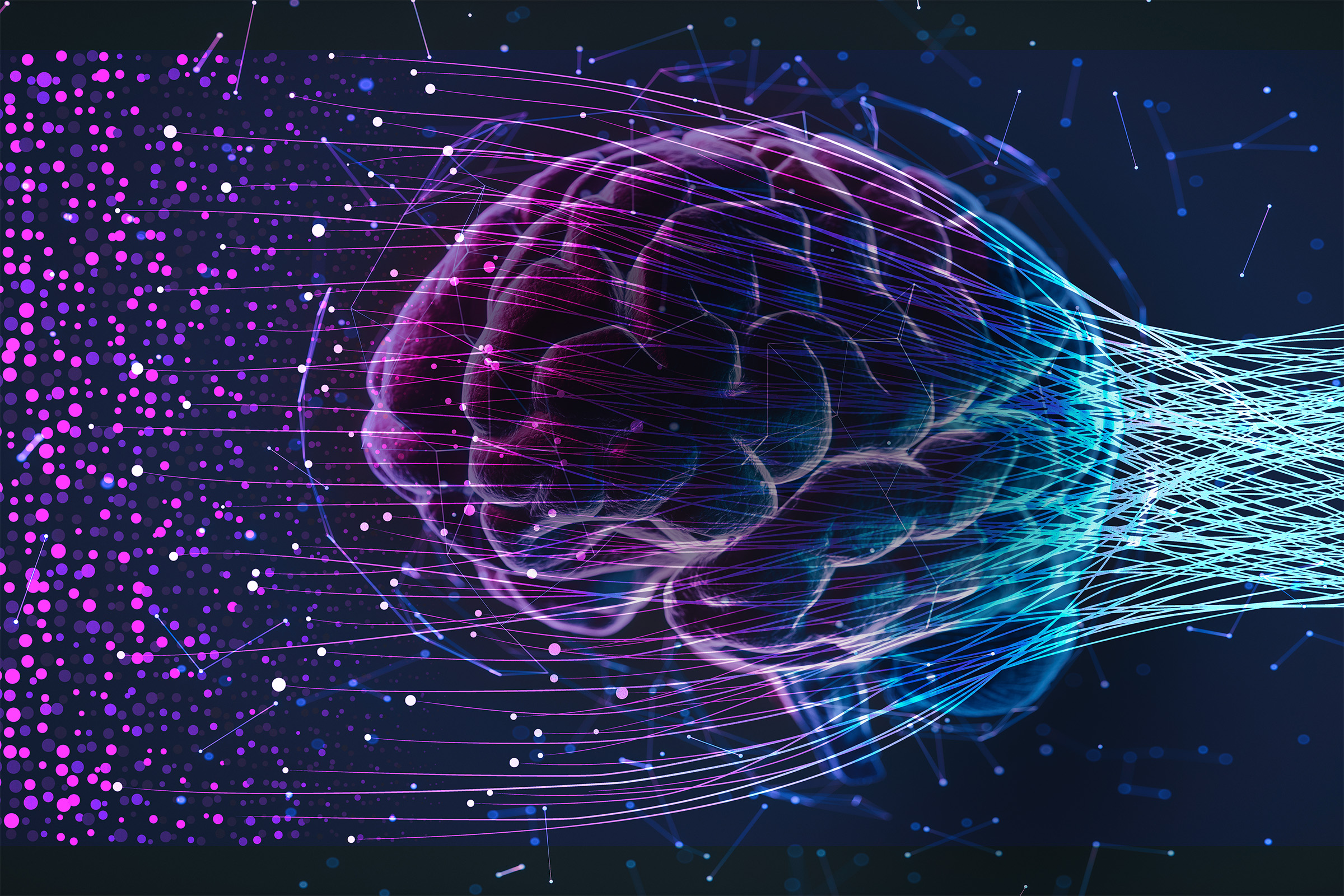Integrating Diverse Data: How Large Language Models Process Information
Large Language Models (LLMs) have come a long way in processing various types of data. From understanding many languages to generating computer code, solving math problems, and answering questions about images and audio, LLMs have become incredibly versatile.
But how do they do it? MIT researchers have been studying the inner workings of LLMs to better understand how they process diverse data. In a new study, they have found evidence that LLMs share some similarities with the human brain.
The Human Brain’s "Semantic Hub"
In the human brain, there is a "semantic hub" in the anterior temporal lobe that integrates semantic information from various modalities, such as visual data and tactile inputs. This hub is connected to modality-specific "spokes" that route information to it. Similarly, LLMs use a similar mechanism to abstractly process data from diverse modalities in a central, generalized way.
How LLMs Process Data
In an LLM, input data is split into words or sub-words called tokens. The model assigns a representation to each token, which enables it to explore the relationships between tokens and generate the next word in a sequence. For images or audio, these tokens correspond to particular regions of an image or sections of an audio clip.
The researchers found that the model’s initial layers process data in its specific language or modality, like the modality-specific spokes in the human brain. Then, the LLM converts tokens into modality-agnostic representations as it reasons about them throughout its internal layers, akin to how the brain’s semantic hub integrates diverse information.
Intervening in the Model’s Semantic Hub
To test this hypothesis, the researchers passed a pair of sentences with the same meaning but written in two different languages through the model. They measured how similar the model’s representations were for each sentence. They also conducted experiments where they fed an English-dominant model text in a different language, like Chinese, and measured how similar its internal representation was to English versus Chinese.
Conclusion
The researchers found that the model’s representations were similar for sentences with similar meanings, and that it processed tokens in its internal layers in a way that was more like English-centric tokens than the input data type. This suggests that LLMs may learn to share information across diverse data types, potentially boosting efficiency.
FAQs
- How do LLMs process diverse data?
LLMs use a mechanism similar to the human brain’s semantic hub to abstractly process data from diverse modalities in a central, generalized way. - Can LLMs be trained to handle diverse data?
Yes, LLMs can be trained on diverse data types, such as images, audio, and text, and can generate outputs in various languages and formats. - Can LLMs be improved?
Yes, by understanding how LLMs process diverse data, scientists can improve their performance and control them when needed.











